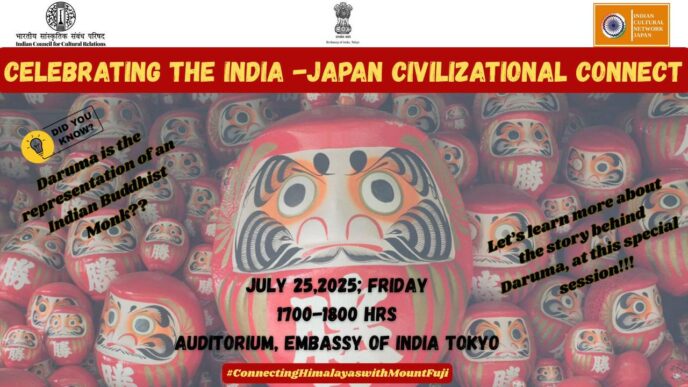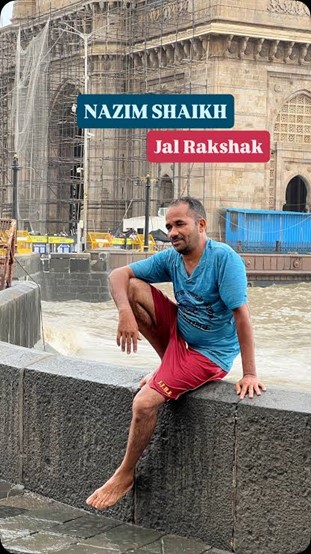In an inspiring move to make India’s cultural treasures more accessible to the world, Google Arts & Culture (GAC) has unveiled two new virtual experiences that combine cutting-edge technology with timeless tradition. Among the highlights is “Explore Elephanta Caves,” an immersive “talking tour” that brings the UNESCO World Heritage site to life using advanced 3D scanning and generative AI.
A Digital Journey Through Time: Explore Elephanta Caves
Situated off the coast of Mumbai, the Elephanta Caves are home to centuries-old rock-cut temples dedicated to Lord Shiva. These intricately carved spaces have long fascinated historians and tourists alike, but reaching them physically has often been a challenge for many around the world.
Now, thanks to GAC’s innovative approach, visitors can virtually wander through the caves from anywhere, guided by an interactive digital narrative. Using 6,500 high-resolution photographs and 197 precise laser scans, Google has meticulously recreated the site in 3D. Combined with Generative AI, the experience includes a “talking tour” that not only showcases the sculptures but explains their stories, symbolism, and significance.
The virtual guide presents key highlights like the majestic Trimurti sculpture, the massive Elephant reliefs, and other depictions of divine mythology carved into basalt rock. The AI-powered narration adapts to user interaction, providing both a self-paced and engaging walkthrough.
A Broader Celebration of India’s Cultural Fabric
In addition to the Elephanta experience, GAC’s second initiative focuses on creativity and cultural learning across India. This includes interactive exhibits, educational resources, and creative tools that allow users to explore Indian art, craft, music, festivals, and food.
From tracing the origins of classical Indian dance forms to experimenting with AI-based Rangoli designs, these experiences aim to bridge the gap between tradition and technology. Users can delve into curated stories of iconic Indian artists, participate in digital workshops, or take visual journeys through India’s diverse landscapes and architectural wonders.
Democratizing Access to Heritage
These projects are part of Google’s broader mission to democratize access to global heritage and make culture available to all — not just as static images but as interactive, engaging, and educational encounters. By leveraging machine learning, augmented reality, and high-resolution digitization, Google Arts & Culture has previously brought iconic locations like the Taj Mahal and Hampi to digital life, and now continues that legacy with renewed depth and innovation.
Speaking about the launch, a Google spokesperson said:
“We believe in the power of technology to preserve and share the world’s cultural heritage. Through ‘Explore Elephanta Caves’ and our broader celebration of India, we hope to inspire curiosity, foster learning, and encourage appreciation for the richness of Indian history and creativity.”
Cultural Learning for the Future
These new experiences also align with the goals of educators, students, and cultural enthusiasts seeking authentic and immersive learning tools. With multilingual accessibility, integration into classroom learning, and compatibility with mobile and VR platforms, the initiative has the potential to become a global cultural classroom.
As India continues to be celebrated worldwide for its deep artistic and spiritual traditions, Google’s initiative offers a compelling blend of ancient wonder and modern technology, ensuring that the stories carved in stone thousands of years ago continue to speak to generations today — now in digital voice.















